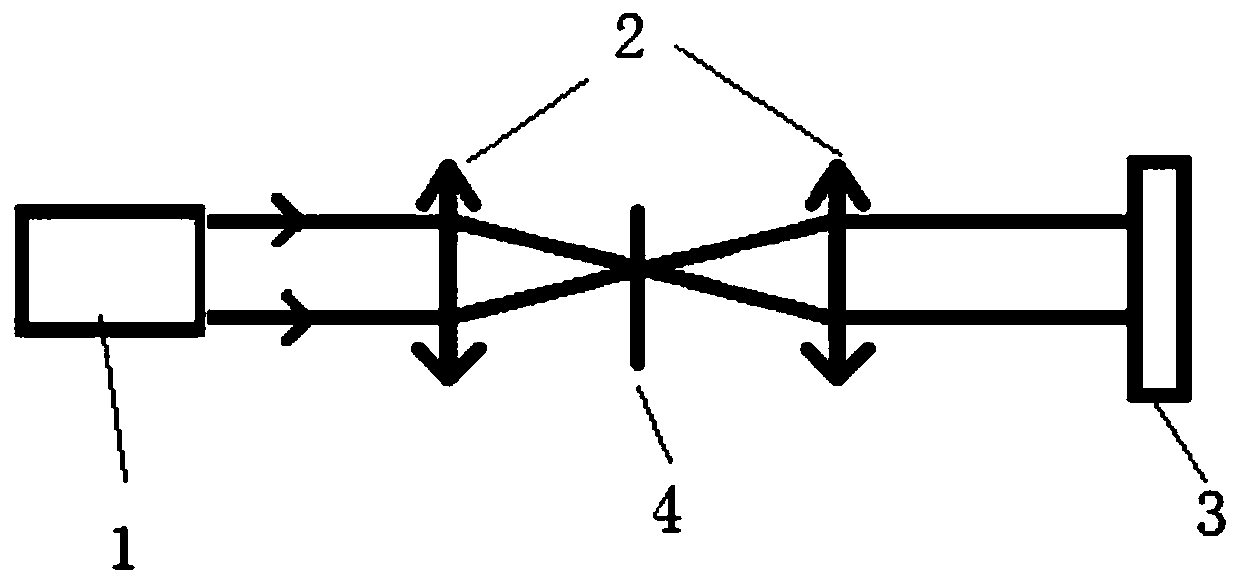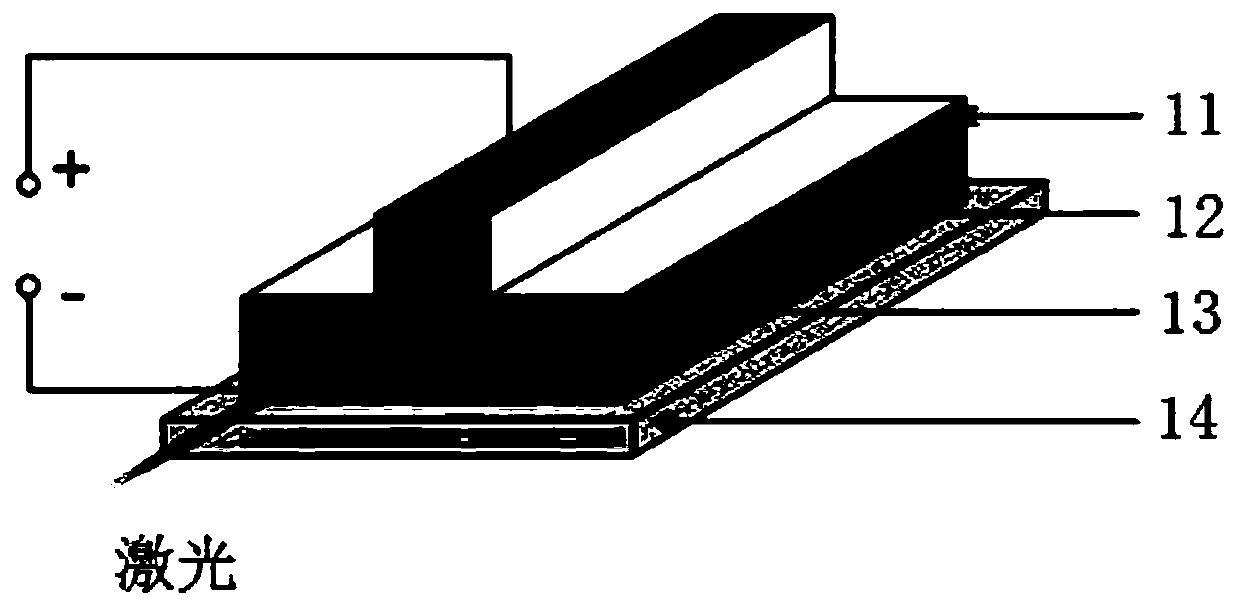Fluorescence and Raman detection device based on lens group
A detection device and lens group technology, applied in Raman scattering, fluorescence/phosphorescence, material excitation analysis, etc., can solve the problems of weak signal and difficult discrimination, and achieve the effect of easy discrimination
- Summary
- Abstract
- Description
- Claims
- Application Information
AI Technical Summary
Problems solved by technology
Method used
Image
Examples
Embodiment Construction
[0014] The principles and features of the present invention will be described below in conjunction with the accompanying drawings, and the examples given are only used to explain the present invention, and are not intended to limit the scope of the present invention.
[0015] Raman scattering is caused by the inelastic scattering of light incident on a material. In the process of inelastic collision, energy exchange occurs between the photon and the molecule. The photon not only changes the direction of motion, but also transfers part of the energy of the photon to the molecule, or transfers the vibration and rotation energy of the molecule to the photon, thus changing the frequency of the photon. It also changes the wavelength of the scattered light, and this scattering process is called Raman scattering. For the same substance, the Raman shift has nothing to do with the incident light frequency; for different substances, the Raman shift is different, so the measured substanc...
PUM
| Property | Measurement | Unit |
|---|---|---|
| reflectance | aaaaa | aaaaa |
Abstract
Description
Claims
Application Information
 Login to View More
Login to View More - R&D
- Intellectual Property
- Life Sciences
- Materials
- Tech Scout
- Unparalleled Data Quality
- Higher Quality Content
- 60% Fewer Hallucinations
Browse by: Latest US Patents, China's latest patents, Technical Efficacy Thesaurus, Application Domain, Technology Topic, Popular Technical Reports.
© 2025 PatSnap. All rights reserved.Legal|Privacy policy|Modern Slavery Act Transparency Statement|Sitemap|About US| Contact US: help@patsnap.com



